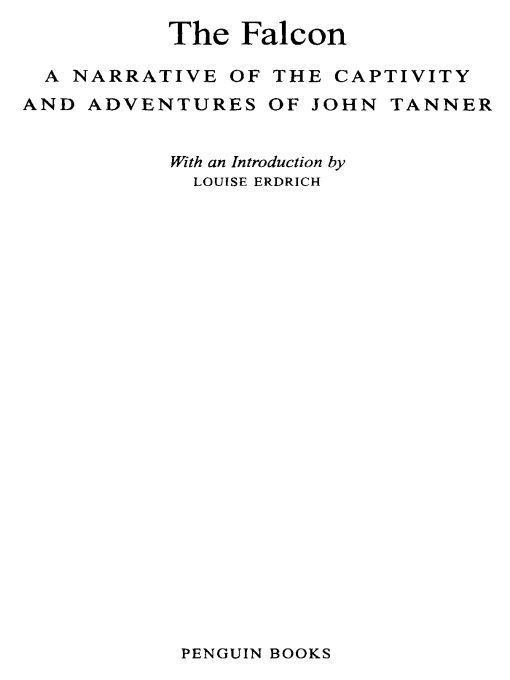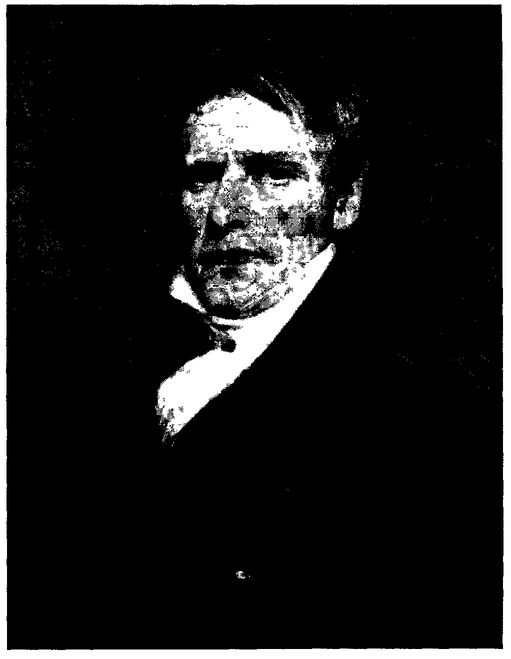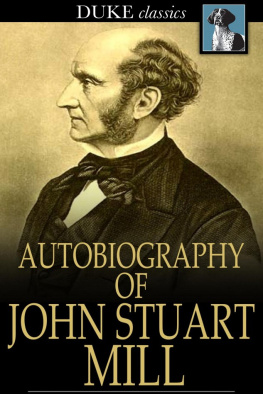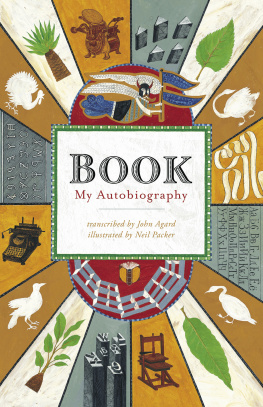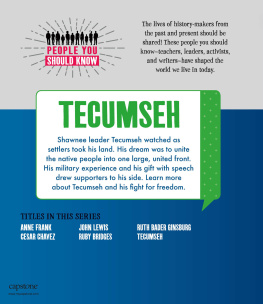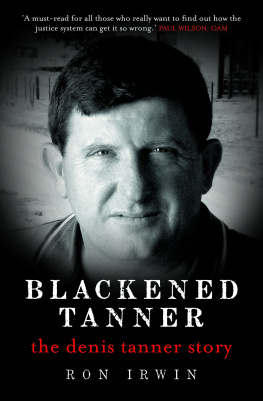Table of Contents
THE FALCON
A NARRATIVE OF THE CAPTIVITY AND ADVENTURES OF JOHN TANNER
JOHN TANNER was born on the Kentucky River near or about 1780 and captured by the Shawnee when he was nine years old. He was sold to an Ojibwa family headed by the matriarch Net-no-kwa and raised from then on by a traditional hunting-and-gathering subsistence group that ranged the north woods of Minnesota, Michigan, Ontario, and up and down the Red River. Tanner married an Indian woman in 1800, returned home to Kentucky in 1817, then rejoined his Ojibwa family the following year and for nearly three decades tried unsuccessfully to blend the Ojibwa way of life hed learned with the ethnic identity into which he was born. He disappeared in the summer of 1846, suspected of murder. Although his name was eventually cleared, John Tanner did not show himself, so his date of death and final resting place remain unknown.
LOUISE ERDRICH grew up in North Dakota and is of German and Turtle Mountain Chippewa descent. She makes her home in the West. Her novels include Love Medicine, The Beet Queen, Tracks, The Bingo Palace, and The Crown of Columbus, the last of which was co-authored with her husband, Michael Dorris.
SHAW-SHAW-WA BE-NA-SE The Falcon
INTRODUCTION
Alongside The New Testament, The Book of Mormon, and Bishop Baragas Ojibway Dictionary, the darkly bound narrative of the captivity of John Tanner stood upright on a shelf in my grand-parents Turtle Mountain Reservation home. It belonged to my grandfather Patrick Gourneau, and I first read it on the sun-soaked back steps of his house, just beyond the shade of the spreading woods where Tanner once joined an ill-fated early nineteenth-century Cree war party. The story of Shaw-shaw-wa-be-na-se, or The Falcon, was a family touchstone especially cherished by my younger sister, Lise. She managed to extract another prized copy from the discard bin of the local library, and we passed around the Ross & Haines version until the binding broke and the pages had to be gathered in a heap, secured with rubber bands.
This is a book that inspires loyalties, fierce sympathies, and fascination as did the personality of John Tanner himself. Captured as a boy of nine years old near the Big Miami by Shawnee Indians in 1789, he was brought north, sold, adopted, and from then on raised entirely as an Ojibwa. In his excellent introduction to the 1956 Ross & Haines edition of Tanners narrative, Noel M. Loomis characterizes Tanners dichotomous life:
Here was a man who lived as a white boy only nine years, had then been captured and had spent thirty years among the Indians.... (He) lived as an Indian for so long that he forgot his own name and could no longer speak the English language, but still was impelled by some ancient hunger to try to find his own people.
Tanners narrative is an intensely personal and emotional tale, and probably one of the very few in the captivity genre that appeals strongly to Native Americans. But then John Tanner was culturally an Ojibwa, and as such he is claimed by many to this day, for he lived as an Ojibwa, married an Ojibwa woman, cared devotedly for his mixed-blood children, and was never able to accommodate himself to a non-Indian life. His existence was a contradiction, his story enigmatic. In the end he simply vanished, presumably to the north woods, and the manner and date of his death remains a mystery.
His story is more rightly classified as an autobiography than as a captivity narrative one of those cautionary and often inflammatory tales of abduction and redemption that were popular entertainment among early American readers. The Tanner narrative possesses the vigor and disorganization of an authentic life, and it is not framed, as are most within the standard genre, by the dramatic seizure and return of the speaker. In fact, there is never a question of extracting or ransoming the young Tanner from his adopted Ojibwa family. There is no sign that Tanner wishes to return to his non-Indian kinfolk until he reaches middle age. He eventually goes back to Kentucky and travels from relative to relative out of curiosity more than longing, but he soon returns sick and bewildered.
Tanners lack of sentimentality, his utter disdain for redemption or whitewashing, his hatred of hypocrisies originating either from Euro-American society or Ojibwa, salt the text. Tanner is never self-righteous; rather, oblivious to himself, he objectifies his actions with an utter lack of motive and without interpretation. There is no odor of piety in his story. His sensibility is desanc tified, timeless, strangely modem in its lack of earnest sentiment and its matter-of-fact assumption of female power.
The most arresting character in the drama of Tanners life is Net-no-kwa, matriarch of the small clan group into which he is adopted. Charismatic and hilarious, Net-no-kwa is a woman of courage, a prophetic dreamer who occasionally drinks to excess. Although at first the protectress and guardian of young Tanner, his adopted mother in time becomes the proud beneficiary of his adult hunting skills. Soon there develops between the two a joking relationship based upon genuine fondness and respect. Tanners loyalties run deep, and he obviously loves, cares for, and admires Net-no-kwa. He draws a portrait of a powerful, complex woman whose forceful presence blasts stereotypes. In the last extremity, says Tanner of his mother, she always seemed capable of the most exertion.
Net-no-kwa can fast for six or seven days without loss of vigor. When death threatens, she dedicates herself to praying, and she expects results. Tanner relates how she tracks game in her dreams, giving directions to easy targets. Neither Tanner nor the reader are ever quite certain whether Net-no-kwas skills are, indeed, supernatural, or whether, because she is so much more clever and cunning than those around her, that she observes ordinary signs that even the most experienced male hunters commonly miss.
Whatever the source of her strengths, the portrait of Net-no-kwa is priceless. Few such carefully delineated descriptions of Indian people exist prior to reservation life, and there are almost none of women its equal.
Tanners narrative, however, is also a survival narrative: the story of one persons struggle to stay alive, an all-absorbing task. Tanner is casual about hardship, and he never whines. There is not a single complaint in this book, even though the brutal realities of daily existence are almost unbelievable. The balance of Ojibwa life, so slimly maintained and easily upset, was at the time disrupted by the demands of large fur companies for huge numbers of fur-bearing animals. Starvation haunted Ojibwa winters.
Tanner has a clear eye, and he provides sharp and detailed descriptions of landscape, bird, and animal life. A terrified female bear picks up her cub in her arms, cradling it like a human while running away. He recounts, with great care, a porcupines trusting stupidity. An otter exhausts him with its tenacity and agility when he tries to kill it bare-handed. Over all, Tanner attends to animal behavior with a terrible fixity of purpose, for game is his survival, and his relationship with nature is one of stark desperation.

